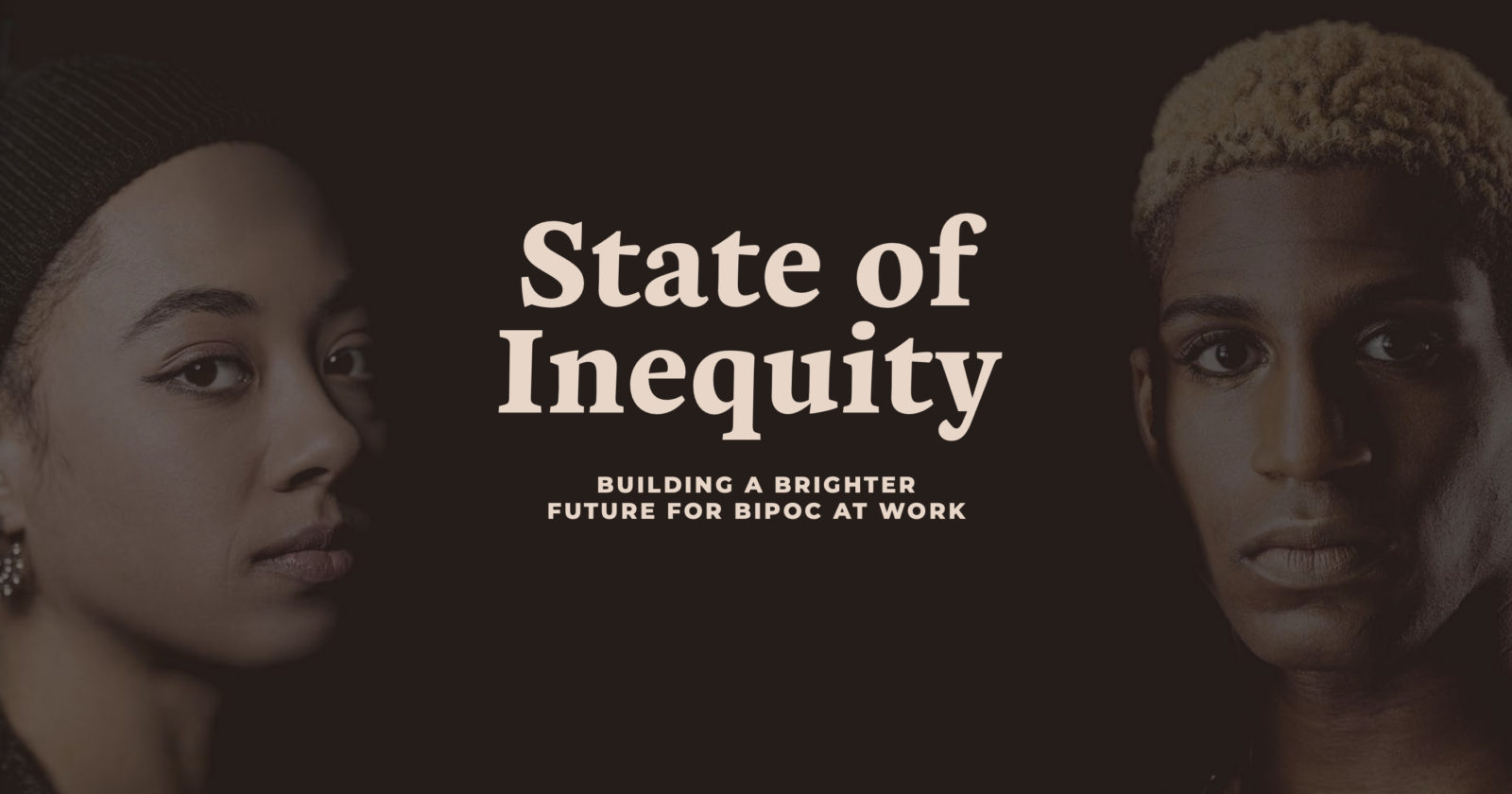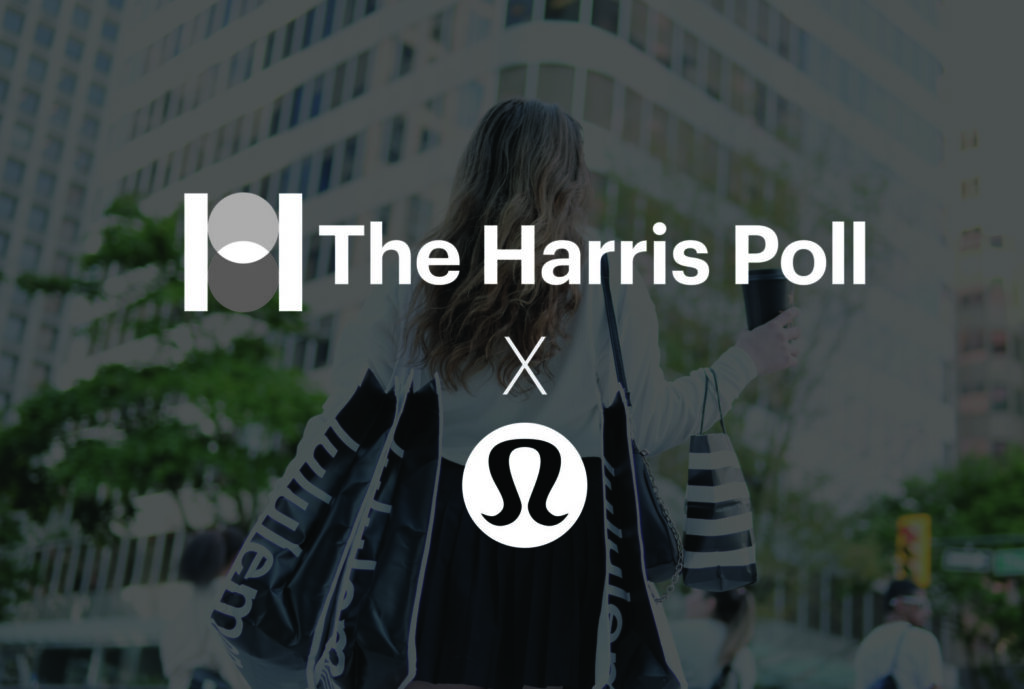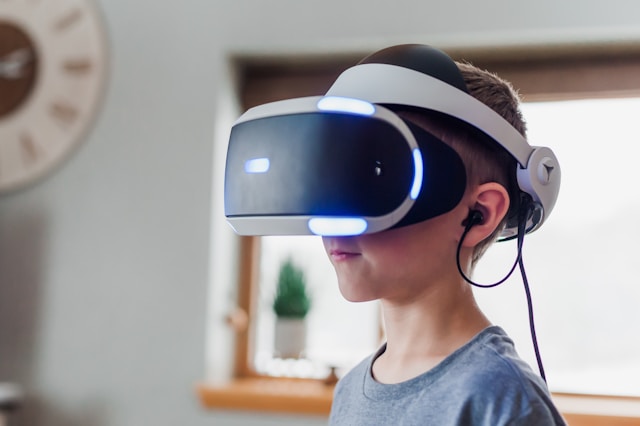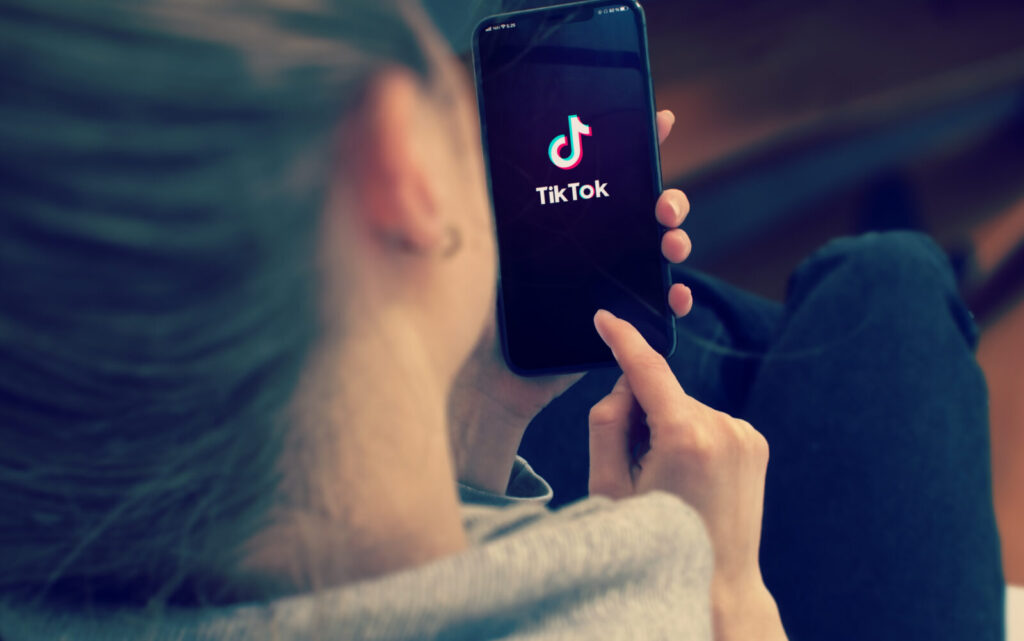Brief • 2 min Read

State of Inequity: Building a Brighter Future for BIPOC at Work, a new 2023 report by Hue based on research fielded by The Harris Poll examines how Employees of Color, still recovering from the health and economic setbacks of the pandemic, are affected by evolving employee landscapes and ongoing workplace inequities. As the future of work is redefined, it is time for employers to effectively invest in organizational culture, including diversity and inclusion. Without employer support and investment, the diverse and equitable workspaces Americans hoped would emerge at the end of the pandemic may never manifest.
The following highlights key takeaways from this year’s report. Explore the full Hue report here.
About this study
This year’s study was conducted in November 2022 among nearly 3,000 adults in the U.S. by The Harris Poll on behalf of Hue. Many of the findings are trended from previous waves of this study, conducted in December 2020 and December 2021. Figures were weighted where necessary to bring them into line with their actual proportions in the population. This allows us to accurately represent the attitudes and experiences of the American workforce.
Select terms are used in this overview with the following definitions:
- BIPOC refers to Black, Indigenous, People of Color, a term considered more inclusive than the previously prevailing norms in terminology to reference this group collectively, specifically to highlight the unique experiences that Black and Indigenous peoples have faced, which shape the experiences of and relationship to power for other People of Color within the U.S.
- Diversity refers to racial and ethnic diversity, namely a mix of White, Black, Indigenous, and other People of Color at minimum to a level proportional to that of the total population.
- Inclusion refers to the practice of integrating and involving all groups in activities and processes.
- Representation refers to the inclusion of diverse groups in organizational functions at various levels.
- Equity refers to ensuring fair and just distribution of access and resources, whether related to health, socioeconomics, or otherwise.
Unless otherwise specified, terminology referring to “employed Americans,” “American employees,” or “employees” should be considered to include both those who are currently employed at a company they do not own and those who were recently employed at a company they did not own. This grouping allows us to accurately reflect the perspectives of American workers, many of whom have seen their employment status fluctuate significantly during the COVID-19 pandemic. Unless otherwise specified, references to “last year” refer to data from the 2022 State of Inequity report, and references to “two years ago” refer to data from the 2021 State of Inequity report.
Key themes for 2023
Overall, BIPOC employees see little progress.
Despite promises of efforts to improve workplace environments and hiring during the summer of 2020, BIPOC employees report little progress since June 2020. Most notably, four in five report that their employer has not increased recruiting efforts toward racially diverse hiring and say their workplace has not made meaningful progress on building a more equitable environment for Employees of Color.
Interpersonal and structural discrimination still drives workplace disparities for Employees of Color. In particular, Women of Color struggle to make and keep employment gains, especially when compared to White men.
BIPOC employees continue to report various forms of workplace discrimination at least twice as much as their White counterparts, noting more often that they have not had the same chances to succeed as any other people where they work. This opportunity gap widens the longer employees work in an industry. Given this, it is unsurprising that more BIPOC employees than White employees report dissatisfaction with their organization’s promotion efforts and report career switches due to a lack of growth.
Compared to White men, BIPOC women report 1.5 to two times as often that their employers have not addressed fair advancement and promotion opportunities, ensuring gender-diverse leadership, retaining Employees of Color, and promoting Employees of Color. Unequal pay also remains an issue. Alarmingly, work environment gaps between the two groups that had narrowed last year have widened this year.
Improving the workplace experience for BIPOC women is crucial, especially for organizations that want a diverse range of leaders. Many Women of Color have yet to return to the workforce since the pandemic started, unable to regain employment. Even more concerning, more women leaders are leaving their companies. With most BIPOC women saying they would be more likely to stay at their employer if it provided more advancement opportunities, eliminating structural workplace inequities and providing equal opportunities are keys to achieving employee parity.
Representation remains a source of motivation, and networks can scale this asset.
BIPOC employees are very reliant on their networks for career progression. They note more frequently than White employees that they were hired for a position due, in part, to a professional connection at their employer. However, half of all Americans of Color say they need better professional connections to get the jobs they want. This may indicate that their current professional networks are not equipped to get them the positions they actually desire. Proactive employers can meet this need with inclusive recruitment pipelines and employee networks that increase overall diversity.
This inclusive recruitment is also valuable to existing employees. All employees are motivated when they see others who look like them in the workplace, but this is especially important to Employees of Color, with half stating they would be uncomfortable working at a place that lacks ethnically diverse leadership even if there were diversity at lower levels. Recruiting to ensure representation at the top and the bottom can keep BIPOC talent engaged.
Organizations must improve mental health support to retain Employees of Color. In particular, industries with larger shares of creative talent must do better.
Three out of four BIPOC employees say they would leave a job where their employer does not prioritize mental and emotional health and well-being. This is important as BIPOC employees continue to report higher levels of workplace burnout and fatigue when compared to White employees. Even though many workplaces have transitioned to hybrid or fully remote models, persistent higher rates of workplace fatigue among BIPOC employees indicate organizational culture significantly influences psychological well-being. In such a dynamic employee market, workplaces that establish and maintain respectful boundaries, realistic expectations, and supportive environments are crucial for retention.
Although there have been minor year-over-year improvements, many workplace challenges are still pronounced among those in marketing, entertainment, media, and hospitality industries and job functions. Discrimination, mental health struggles, and career growth difficulties are more common with these professionals. Although these sectors typically have been known for more difficult workplaces, such issues cannot remain if businesses in these sectors hope to hire and retain new employees, especially those of color.
The future of work for BIPOC
As many organizations continue practices that obstruct BIPOC employees’ career growth, increased focus on overall well-being and wealth creation will enable better paths forward for both Employees of Color and their organizations in the future.
Read the full report at Hue.
Methodology
A survey of the U.S. general population was conducted online within the United States from November 1, 2022, to November 17, 2022, among 2,617 adults (aged 18 and over) by The Harris Poll on behalf of Hue. Figures for age, sex, race/ethnicity, education, region, and household income were weighted where necessary to bring them into line with their actual proportions in the population. Propensity score weighting was used to adjust for respondents’ propensity to be online.
Respondents for this survey were selected from among those who have agreed to participate in Harris Poll surveys. The sampling precision of Harris online polls is measured by using a Bayesian credible interval. For this study, the sample data is accurate to within +/-2.2 percentage points using a 95% confidence level. This credible interval will be wider among subsets of the surveyed population of interest.
All sample surveys and polls, whether they use probability sampling, are subject to other multiple sources of error, which are most often not possible to quantify or estimate, including, but not limited to coverage error, error associated with nonresponse, error associated with question wording and response options, and post-survey weighting and adjustments.
This survey was also conducted online within the United States among 122 Hue members from November 5, 2022, to November 22, 2022, by The Harris Poll on behalf of Hue. In order to reflect the true composition of the organization, figures were not weighted. Respondents for this survey were selected from among those who were members of Hue and had agreed to participate in this survey. Because the sample is based on those who agreed to participate in the online panel, no estimates of theoretical sampling error can be calculated. For more information on methodology, please contact Dami Rosanwo.
Subscribe for more Insights
Subscribe to our newsletter for the latest trends in business, politics, culture, and more.
Related Content








